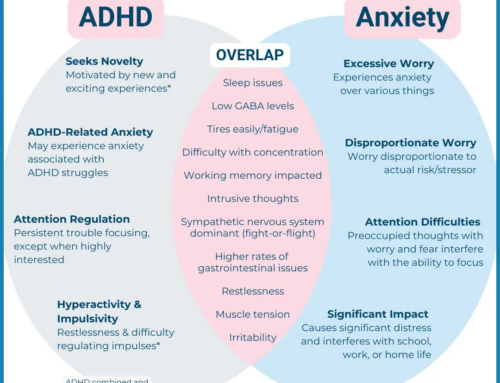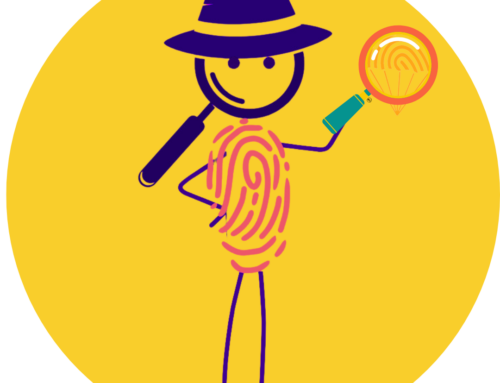In 2018, we’re launching a new learning-to-learn curriculum, based on the latest research from educational and clinical psychologists and on how we learn best, as well as over eighteen years of experience creating personalized learning solutions for kids.
We’d love to hear from you on what additional topics you’d most like us to address in our SOS Academic Coaching curriculum. E-mail studentconnector@yellowparachute.com to learn more and share your thoughts.
This post is the last in a series on the science and practice of learning.
Here’s the thing. I’ve been an educator for my whole life. I looove teaching—finding out what it’s like in someone else’s mind and figuring out how I can help them move to the next step. I also love learning and believe in its transformative power. But not all schools and teachers are created equal, and not every hoop we have to jump through as students serves a valuable purpose. Savvy kids pick up on this and sometimes, they push back. Then it’s No to the dioramas and spelling bees and macaroni-encrusted-whatevers. No more hoops, they say, I will not jump.
The first problem with vetoing all hoops is that some of them teach tremendously important lessons. The second problem is that your report card is, in part, a measure of your willingness to persevere and jump through these hoops, even when they’re difficult or uncomfortable. And good report cards and support from teachers can open doors to new challenges and opportunities that actually matter to kids. (Because you get to do what you WANT to do.)
For the most part, school rewards rule-followers with easygoing attitudes (cool cats). Cool cats can be strong-willed and passionate but take the daily demands of school in stride; they see the big picture and don’t mind going along to get along in the short-term. Cool cats are often school leaders with respectable-to-impressive report cards and good rapport with teachers. That said, the world also desperately needs skeptics and renegades and conscientious objectors (wild horses), but our schools often don’t know how to handle them. Conflict and disillusionment ensue. Passionate and talented kids—who simply don’t fit the “gold-star student” mold —begin to feel that they don’t belong in school and miss out on learning skills that could help them lead bold and brilliant, world-changing lives.
The trick for these kids is to learn how to game the system. You need to give “the people” ( parents and teachers) what they want, while making sure that you are taking what you need to use in your own future plans and purposes. Enter Yellow Parachute’s new Student Operating System (SOS) intervention program, a.k.a. “How to get your Parents’ and Teachers Off Your Back And On Your Side.”
SOS pulls from Social, Psychological, and Educational Research, and over 20 years of experience working with students ages 5-18 in and out of the classroom setting to create a whole-child approach to success. Our first step as Yellow Parachute Learning Coaches is to teach kids how to have hope for themselves. That’s why our educators are “coaches” rather than “tutors”; tutors impart information, but coaches put students at the center and help them identify their unique obstacles and varied paths to success, rather than asking them to mime one particular skill.
In his book Keeping Hope Alive, Christian theologian Lewis Smedes defines hope as a progression from wishing, to imaging, to believing. The psychologist C.R. Snyder similarly called hope “a trilogy of goals, pathways, and agency.” More than idle aspiration, these definitions of hope hinge participation in your own dreams.
In the Yellow Parachute definition, hope happens when:
- We have the ability to set realistic goals (I know where I want to go.)
- We are able to figure out how to achieve those goals, including the ability to stay flexible and develop alternative routes (I know how to get there, I’m persistent, and I can tolerate disappointment and try again.)
- We believe in ourselves (I can do this! I have GRIT!)
The first step in fostering hope, then, is to help our students figure out what lights up their hearts. What would make you proud of your life? What does a good day ten years in the future look like? What do you want for yourself that you haven’t dared admit to, much less try to achieve? What questions do you want to talk through, to help you get there?
Some students (especially those without access to early experiences that foster strong executive function abilities) need help learning how to see where they want to go and how to get there. Our learning coaches work on students’ “metacognition,” their understanding of how they think and behave. Research shows metacognition allows a student to visualize a realistic goal of where she is in relation to where she wants to be, understand and plan the steps to get there, evaluate possible pitfalls or obstacles and work through them, and believe she has the ability to achieve. The cycle of hope is born and leads to a sense of belonging in the classroom. Students realize that they have a right to their dreams, and that getting the most out of their school days helps fulfill their obligation to these dreams.
A sense of belonging to a learning community and an ability to see value in schoolwork beyond grades are two of four “Academic Mindsets” that over decades of research have proven extremely motivating to kids. The other two are believing that you can succeed at something, even if it feels hard, and awareness of the ways in which your effort is paying off, through improved confidence or higher achievement. Adopting any one of these mindsets can be extremely helpful for kids, and our new SOS curriculum will train kids in all four.
We’re so excited to offer this innovative and student-focused resource and to create new opportunities for Yellow Parachute kids to thrive. We define our success when “kids’ souls feel their worth.” It’s a weighty goal, but if anyone is worth it, they are.
– Cara







